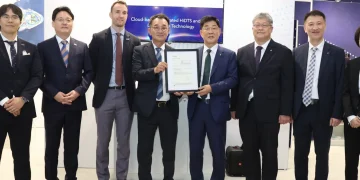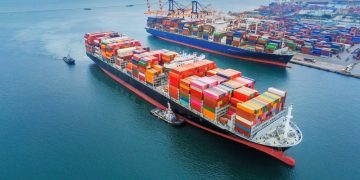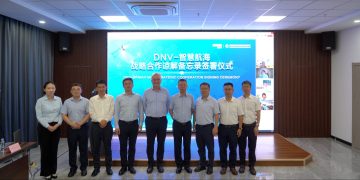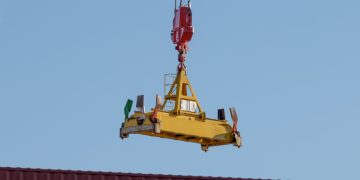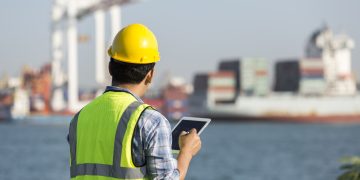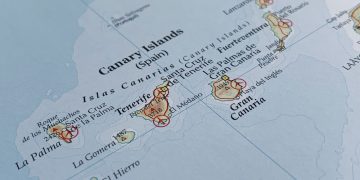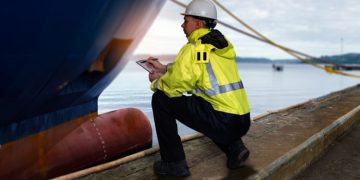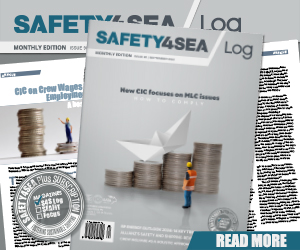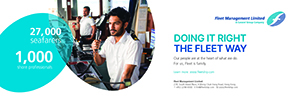ABB, SINTEF and Fiskerstrand are test fuel cells for the world’s first conversion of a hydrogen hybrid ferry. The tests aim to provide answers needed for Norwegian shipyard Fiskerstrand to convert an existing ferry to run on a combination of batteries and hydrogen fuel cells.
ABB and the SINTEF Ocean laboratory will assess how fuel cells and batteries can function together for short-distance ferry operations, and how Fiskerstrand can use them with other engine room systems. The tests will also provide answers into the introduction of hydrogen fuel cells for future reviews of the rules covering shipboard use of hydrogen.
[smlsubform prepend=”GET THE SAFETY4SEA IN YOUR INBOX!” showname=false emailtxt=”” emailholder=”Enter your email address” showsubmit=true submittxt=”Submit” jsthanks=false thankyou=”Thank you for subscribing to our mailing list”]
In addition, the tests will simulate the conditions the ferry is expected to face on a high frequency 10km route to make sure that the propulsion systems including fuel cells are robust enough for repetitive, short-burst service duties.
The HYBRIDship project began in 2017 driven by Fiskerstrand Holding, and is supported by Norway’s ‘Pilot-E’ technology accelerator program funded by the Research Council of Norway, Innovation Norway and Enova Norwegian government enterprise. The project aspires to create a zero-emissions passenger ship equipped with fuel cells operating on a domestic route by the end of 2020.
We expect to get a realistic view of what we need to do to achieve our objectives in delivering a ferry equipped with hydrogen fuel cell propulsion as part of our HYBRIDship project
mentioned Kåre Nerem, Project Manager, Fiskerstrand.
In the same wavelength, Jostein Bogen, product manager for energy storage and fuel cells at ABB Marine & Ports, stated that this project is a major step towards the practical use of the hydrogen fuel cell as a maritime propulsion technology.
Hydrogen fuel cells are considered a promising option for reducing ships’ greenhouse gas emissions. Combined with more established shipboard battery technology, they can improve energy density in zero-emission marine operations while also improving vessel endurance.
What is more, the ABB/SINTEF development program will also focus on finding solutions to support the hydrogen supply and bunkering infrastructure. Results from the new tests are expected to boost Norwegian Maritime Authority (NMA) work in amending regulations to better accommodate and approve hydrogen as a fuel.
Concluding, amongst the partners of this project, DNV GL announced that it also supports the project in favour of finding out how fuel cells and batteries can work together for short-distance ferry operations.



















